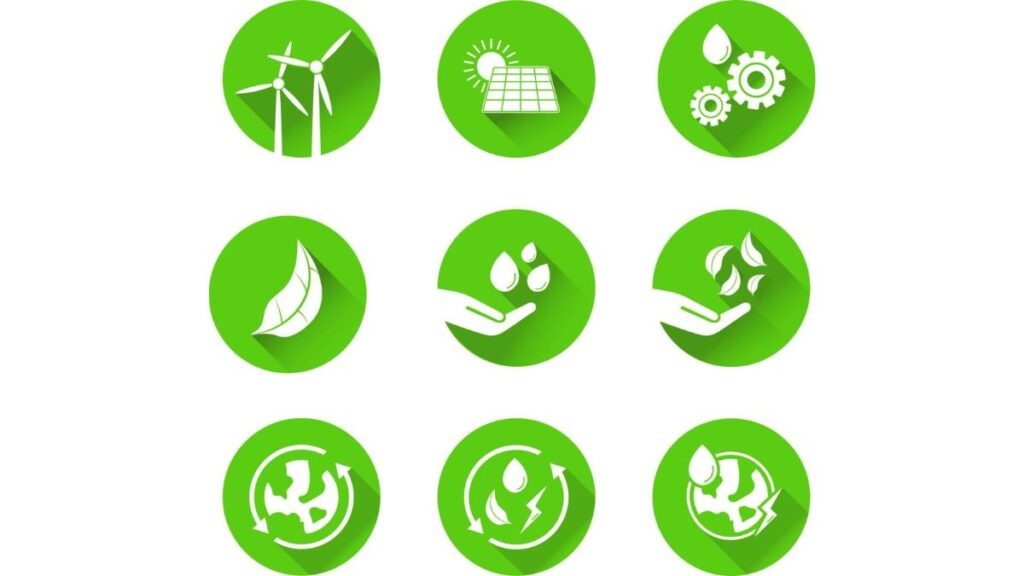As the world becomes more aware of climate change and its impacts, there’s a significant shift in how goods are produced and consumed. Did you know that the sustainable consumer goods market size was valued at USD 293.80 billion in 2023?
This trend isn’t just a passing fad, it’s rewriting the rules of shopping and production. Here are four exciting trends emerging in the eco-friendly consumer goods sector.
1. Rise of Sustainable Products
More than ever, consumers are seeking eco-friendly consumer goods that reflect their values. Companies are responding by innovating and creating products that not only meet the needs of the market but also reduce environmental harm.
Brands like Patagonia and Allbirds are leading the charge with their use of recycled materials and sustainable practices. From clothing to home goods, the emphasis is on finding ways to minimize waste and promote responsible consumption. You can also find specialty materials linked here if you are interested in checking them out.
2. Innovative Materials
The materials used in eco-friendly products are evolving. Traditional materials are being replaced with alternatives that have a smaller environmental footprint. Some notable innovations include:
Bamboo
Bamboo grows very fast. People use it to make many things. You can find bamboo in toothbrushes, chairs, and even floors.
Hemp
Hemp is a strong plant. It can be used to make clothes and bags. Builders also use it to make walls and bricks.
Recycled Plastics
Old plastic can be used again. Companies melt it down to make new things. This helps keep trash out of the ground.
Mushroom Packaging
Some boxes are made from mushrooms. These boxes break down in the dirt. They are good for the Earth and help stop waste.
3. Eco-Conscious Shopping Habits
Consumers are becoming more informed and intentional in their purchasing decisions. Shopping sustainably is not just a trend, but a lifestyle for many, as they actively seek products that contribute positively to the environment. This shift is evidenced by:
Increased Demand for Transparency
People want to know how things are made. They ask where the product comes from. Shoppers like brands that tell the truth.
Preference for Local Products
More people buy things made nearby. This helps small shops and workers. It also helps the planet by using less gas for shipping.
Mindful Consumption
Some people buy fewer things. They pick items that last a long time. This helps save money and cut down on waste.
4. The Role of Technology
Technology plays a pivotal role in the growth of eco-friendly consumer goods. From supply chain innovations to sustainable packaging solutions, tech is enabling brands to improve their environmental impact.
For instance, some companies are using blockchain technology to enhance transparency in sourcing raw materials, which helps consumers to make informed decisions. Additionally, virtual reality experiences are being utilized to educate buyers about sustainability.
Embrace the Future of Eco-Friendly Consumer Goods
The trend towards eco-friendly consumer goods is more than just a passing moment; it’s a movement that signifies a changing landscape in retail and consumption. By embracing these trends, consumers not only contribute to a healthier planet but also encourage companies to innovate sustainably.
As you shop, consider supporting brands that prioritize the environment and its future. Join the movement, and every small purchase can lead to greater change!
For more related topics, visit our blog!







